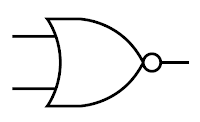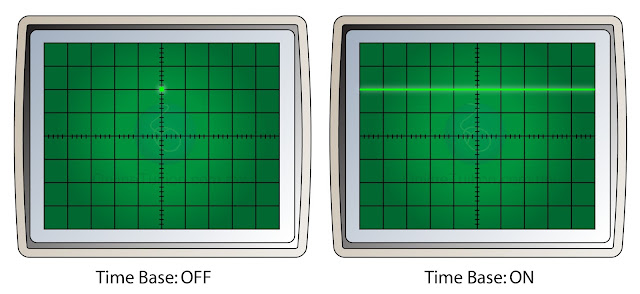Force and Pressure is the third chapter in Malaysia Form 4 Physics. Image above shows the mind map of this chapter. As you can see, there are 6 main sub-topics in this chapter. The first 3 discuss about the definition of pressure, the pressure in liquid and the pressure in gas, including the atmospheric pressure. For gas pressure, it’s important for you to understand how the manometer and simple barometer work.
The other 3 sub-topics are the Physics Laws that related to pressure. There are a lot of calculation questions related to the Pascal’s principle and Archimedes principle.
The following is the list of topic in this chapter.
- Pressure
- Formula of Pressure
- Unit of Pressure
- Applications of High and Low Pressure
- Liquid Pressure
- Formula of Liquid Pressure
- Characteristics of Liquid Pressure
- Applications of Liquid Pressure
- Gas Pressure
- Measuring Gas Pressure
- Manometer
- Bourdon Gauge
- Atmospheric Pressure
- Proof of Existence of Atmospheric Pressure
- Characteristic of Atmospheric Pressure
- Measuring Atmospheric Pressure
- Applications of Atmospheric Pressure
- Pascal’s Principle
- Archimedes Principle
- Bernoulli’s Principle




























